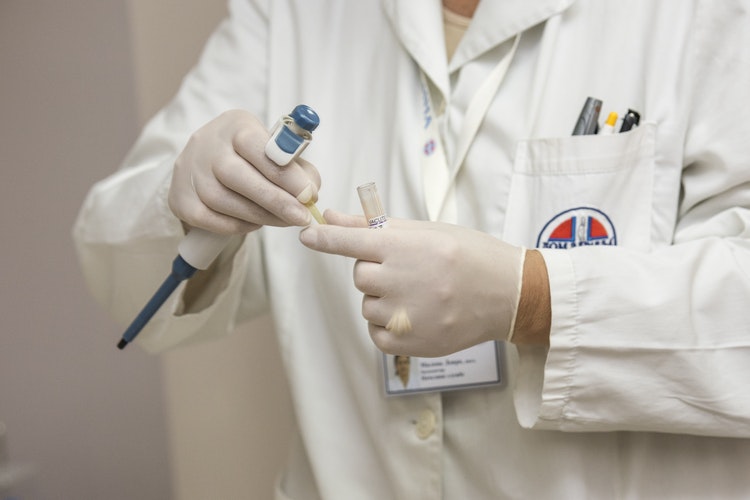Prague, Nov 8 (CTK) – Czech researchers have developed a unique diagnostic device that can detect Crohn’s disease directly from patients’ breath and prevent them from undergoing a lengthy and uncomfortable endoscopic examination, daily Hospodarske noviny (HN) writes today.
After a five-year research, the team of professors Petr Spanel and Milan Lukas had the new device tested.
It will help diagnose the Crohn’s inflammatory bowel disease as well as other troubles of the gastrointestinal tract in an early stage, speed up the examination and better target the necessary treatment, HN says.
It adds that this method is based on the fact that people suffering from Crohn’s disease or ulcerative colitis (UC) are breathing out different substances than healthy people.
“The analysis of the breath of patients with inflammatory diseases of the viscera has proved an increased amount of pentane and other volatile organic compounds. These substances do not appear to such a high degree in the breath of a healthy person,” Spanel said.
Crohn’s disease, which often afflicts young people aged from 15 to 30, affects any part of the gastrointestinal tract from mouth to anus and is manifested by abdominal pain, diarrhoea, fever, and weight loss. Most patients must undergo a surgery, but the disease cannot be completely cured at present.
The disease is diagnosed by various methods, including the use of endoscopes inserted directly into the organs, or computed tomography (CT).
The new diagnostic device is similar to a breathalyser measuring blood alcohol content. The patient simply breathes in and the whole process lasts 30 seconds, HN writes.
Moreover, this analysis may clear up what exactly the patient suffers from since it is difficult to diagnose diseases of the gastrointestinal tract.
Besides, the “breath test” may determine whether biological treatment is suitable for the patient, Spanel said.
This treatment can considerably attenuate the troubles accompanying Crohn’s disease in some cases, but other patients may suffer from serious side effects after it.
Another advantage for patients is that unlike endoscopy, this method is neither physically nor psychologically unpleasant. In some cases, it can even prevent any interference in the patient’s body, HN adds.
Eighteen out of 10,000 inhabitants of the Czech Republic with a population of 10.5 million suffer from Crohn’s disease and their number has been gradually rising.
HN writes that Spanel has been dealing with breath analysis in medicine since the late 1990s when he focused on renal dysfunction.
Scientists plan to use this method to diagnose tumorous diseases in the future. However, Spanel is sceptical about such application saying it is very complicated to understand how a tumour may affect the breath composition, HN adds.
hol/t/pv
Copyright 2017 by the Czech News Agency (ČTK). All rights reserved. Copying, dissemination or other publication of this article or parts thereof without the prior written consent of ČTK is expressly forbidden. Brno Daily is not responsible for its content.








